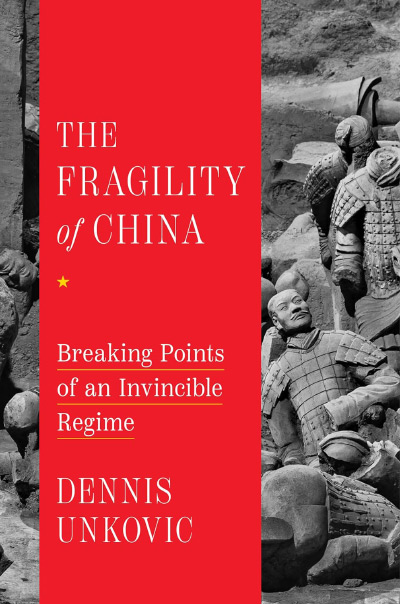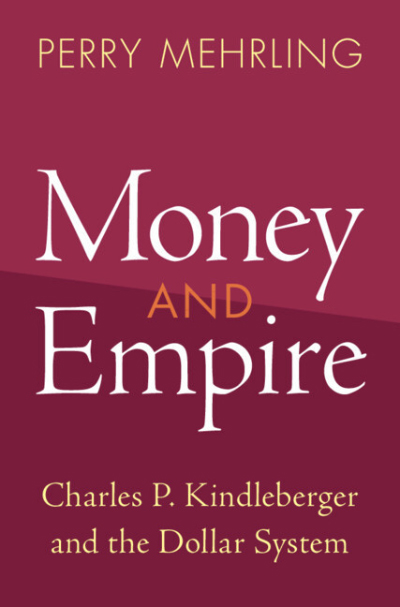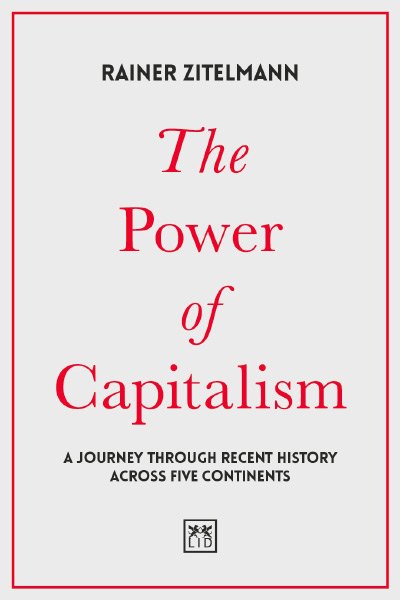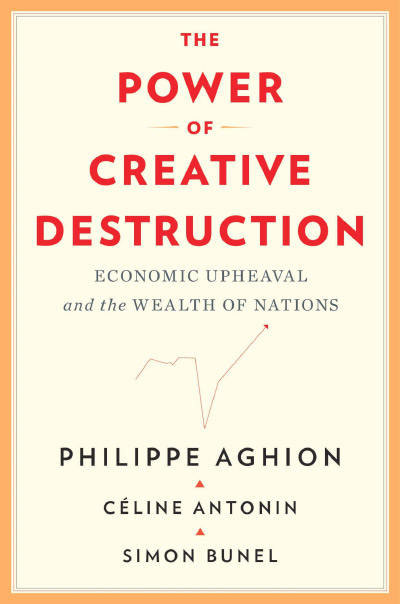The game plan for Best Things First is similar to the strategy used in How to Spend $75 Billion to Make the World a Better Place (2006, Bjorn Lomborg, editor, New York: Cambridge University Press)—bring together a group of academic experts to discuss and discover the most cost-effective ways to solve the world’s problems.
Unfortunately, despite the admonitions of the earlier book, “across the world, most policy conversations continue to pretend that it’s possible to say yes to everything” (p. xi). The earlier book found sixteen investments worthy of funding given a budget constraint of $75 billion. This time Lomborg recommends only projects that will yield an estimated benefit-to-cost ratio of fifteen—in other words, only projects with a massive payoff in comparison to costs. Sadly, many of the problems identified in How to Spend $75 Billion haven’t gone away and appear again in Best Things First. These include tackling malnutrition, malaria, childhood immunization, and tuberculosis in the poorest countries.
Lomborg argues that the momentum for solving these problems has stalled. He contends that the United Nations’ Millennium Development Goals spurred considerable progress between 2000 and 2015, but their successor, the Sustainable Development Goals (the SDGs in the book’s title), are unfocused and much too broad, causing the progress to lag. Best Things First aims to refocus attention on the most solvable problems proposing to spend $35 billion per year to save 4.2 million lives annually and “make the poorer half of the world more than one trillion dollars better off each and every year” (p. 3). Thirty-five billion dollars is a pretty modest amount as Lomborg sees it. After all, globally “we devote more than $1.1 trillion to low-carbon energy, $2.1 trillion to military expenditures, and $5 trillion to education” each year (p. 35), as well as $147 billion to pet food, $112 billion to cosmetics.
Who should spend this money? It’s not entirely clear. “We ought to put these policies into action. And when I say ‘we,’ I mean all people of good will,” says Lomborg. Implicitly, as the chapters suggest, he means mostly international donors—both governments and philanthropic organizations—with a role for governments of poorer countries, as well. But the volume’s findings might prompt individual donors to open their checkbooks too. In any case, the book seems mainly aimed at global leaders and policy makers—and it clearly has a “top down” and (in some cases) paternalistic flavor.
Each of the twelve most efficient solutions identified by the experts advising Lomborg’s think tank, the Copenhagen Consensus Center, is the subject of a chapter in Best Things First. And each chapter is based on a paper written by a team of academics for a special issue of the Journal of Benefit-Cost Analysis. The overall plan is anchored by policies designed to get vital resources to the poorest, most vulnerable populations—funding tuberculosis treatment, a campaign to reduce malaria, health care treatments and nutritional supplements to newborn babies and their mothers, childhood immunization, and “a second green revolution” to grow more and cheaper food in the poorest countries. (Sadly, the chapter on helping newborns and their mothers has an anti-natalist component.)
However, other policies are more procedural. These include providing the most ill-equipped teachers with semi-scripted lesson plans and training in how to use them, as has recently been adopted in Kenya; changing laws to boost taxes on cigarettes and reduce the amount of salt in processed foods; improving land tenure security using satellite mapping to clearly and inexpensively identify property boundaries, as has recently been implemented in Rwanda; allowing more immigration to richer countries—especially by highly skilled workers, including doctors; and—a policy that will especially appeal to economists—promoting international trade by reducing tariffs and other trade barriers.
Unfortunately, the approach of calculating the benefit-to-cost ratio that drives the entire project isn’t always applicable to some of the ideas on this second list. Randomized control trials can be helpful for estimating the benefits and costs of specific, narrow projects—such as providing nutritional supplements to newborns—but modelling the effects of reducing trade barriers or increasing immigration is much more complicated. Lomborg implicitly acknowledges this when he pulls back from the idea of allowing unlimited international migration. He titles one section of the chapter “Doubling global GDP and vanquishing most inequality—A world with unlimited migration,” but then recognizes that “there seems to be no way that unrestricted migration could plausibly take place without enormous social upheaval” (p. 222)—and estimating a price tag for such upheaval would be a meaningless exercise. Massive international immigration may well double the size of the economic pie but eating the pie in one sitting could cause severe indigestion.
The most unexpected (to me) and fruitful of the twelve proposals is one that aims to fix dysfunctional government rather than giving it more power and more responsibilities. This chapter, based on a paper by Erica Bosio, Gavin Hayman, and Nancy Dubosse, proposes making government procurement of goods and services visible and transparent by moving the whole process online, known as e-procurement. Experiments with e-procurement have yielded salutary effects. In practice, moving procurement away from the old-fashioned system of posting procurement tenders in obscure paper-based journals to an easy-to-access online portal increases competition, doubling the number of bidders in South Korea and increasing the number from 130 to 4800 in India’s Karnataka State. The increase especially comes from smaller firms. E-procurement reduces procurement expenses, improves quality, and cuts purchasing prices paid by the government around 7 percent on average, according to the evidence in this interesting chapter. With access to the internet now very widespread in poorer countries, the main force blocking the move to e-procurement is the political power of incumbent firms currently supplying governments. Lomborg reports that when he presented these findings to Bangladesh’s Finance Minister, he enthusiastically adopted the idea, as the savings freed up resources for higher priority needs.
Although the big picture of Best Things First seems sensible—target funds where they will have the biggest payoff and adopt win-win policies like e-procurement—some of the specifics seem dubious. At times, the idea of people taking care of themselves because it’s their duty and in their self-interest seems foreign to Lomborg. In discussing how to reduce TB, Lomborg says “it’s difficult to get diagnosed people to complete their treatment. Part of this is simply that you must take medicine every day for four to six months for it to work properly. That is a big ask. Many people have trouble taking pills consistently for a week or two. Doing so conscientiously for many months is arduous” (p. 50). He suggests that they should be bribed to do what’s in their own self-interest. In the chapter on malaria, Lomborg advocates donating more funding for mosquito nets, which are shockingly inexpensive—only $4.50 for a net that lasts three years. Who couldn’t afford this on his or her own even in the poorest country? Not too many people. More important, Lomborg doesn’t even mention the central problem with mosquito nets. They are already available for free in many poor countries but aren’t always widely used because of hidden costs that Best Things First ignores (despite saying that it will try to include all costs). The problem is that using the nets can be cumbersome.
Among other design flaws, their tight mesh blocks ventilation, a serious problem in the hot, humid places where malaria roosts. Minor discomfort might be tolerable in rural African communities desperate for anti-malarial prevention. But, as medical anthropologists have consistently found, because malaria is so common in much of sub-Saharan Africa, and because the overwhelming majority of cases go away on their own, most rural Africans consider malaria a minor ailment, the way that Westerners might think of the cold or flu (Sonia Shah, 2010, “In Africa, Anti-malaria Mosquito Nets Go Unused by Recipients,” Los Angeles Times, May 2).
Said a female student: “In the middle of the night, when I have to [go to the bathroom], I have to think hard about it. Should I wait until morning or should I go through the stress of getting out of my net?” Some participants spoke of how items they need to access— ... Bibles, eyeglasses, water, phones—are often outside of the net when they are inside. Others spoke of feelings of claustrophobia since most nets are a standard size and made for smaller beds (Stephanie Desmon, 2019, “Why Don’t We Ask People What They Want?,” Johns Hopkins Center for Communication Programs, June 27).
Life is a series of tradeoffs, and one would presume that these individuals understand the tradeoffs better than an international donor. Many people report that these cheap $4.50 nets aren’t what they want. They want nets that look better and work better. The malaria eradication benefit-to-cost ratio seems to be lower than estimated in Best Things First because the costs are higher than it reports.
However, while the volume sometimes expresses an air of omniscience about the benefits of its proposals, it closes by explaining that “it would be folly to believe that these complicated models, often contingent on far-off futures and significant changes in policy, give the absolutely correct answer.... There is no way all costs and all benefits have been correctly incorporated.... They are our best estimates, not truths” (p. 269). With this caution in mind, Best Things First is a useful set of ideas and should be widely read.
| Other Independent Review articles by Robert M. Whaples | ||
| Spring 2025 | Millennials, Gen Zs, Capitalism, Socialism, and Confusion | |
| Spring 2025 | Not Stolen: The Truth about European Colonialism in the New World | |
| Spring 2025 | Green Breakdown: The Coming Renewable Energy Failure | |
| [View All (106)] | ||



















